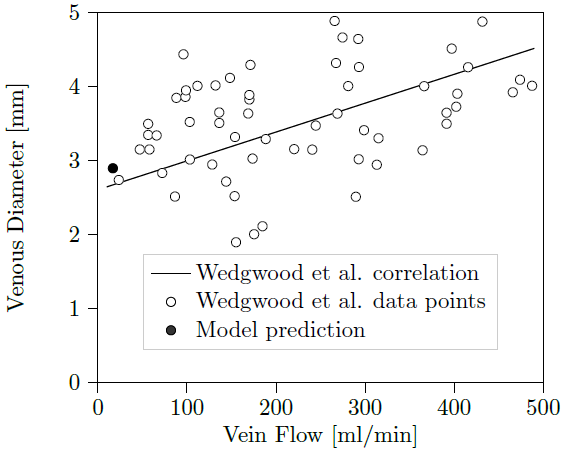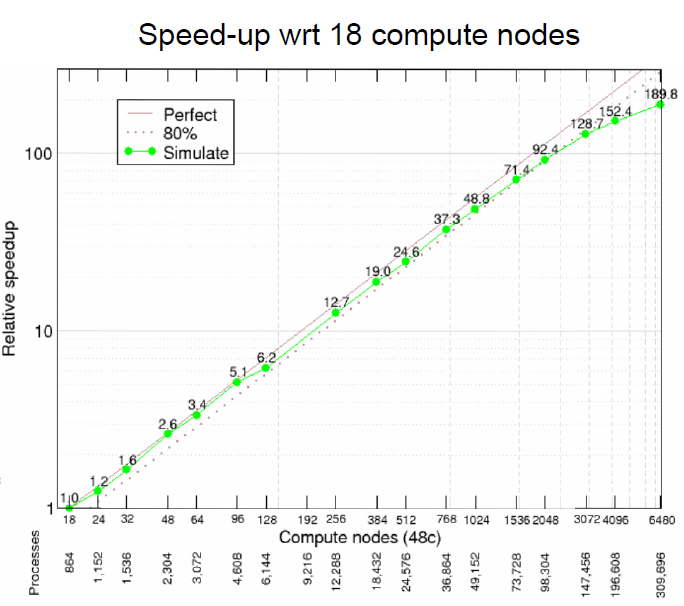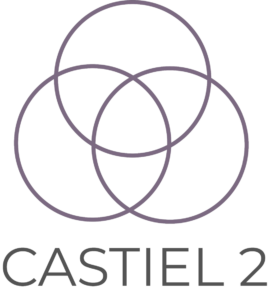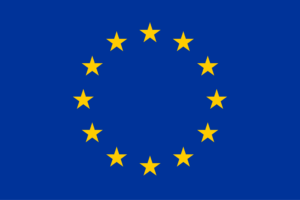Strong scaling performance for human scale blood-flow modelling
Short description
To get the best out of future exascale machines, current codes must be able to demonstrate good scaling performance on current machines. The HemeLB code has demonstrated such characteristics to full machine scale on SuperMUC-NG. However, this performance must be aligned with the ability to solve practical problems. We have developed and deployed a self-coupled version of HemeLB that allows us to simultaneously study flows in linked arterial and venous vasculatures in 3D. In this use case, we look towards the application of flow in an arteriovenous fistula. A fistula is created in patients with kidney failure to increase flow in a chosen vein in order to provide an access point for dialysis treatment.
Results & Achievements
In collaboration with POP CoE, we were able to demonstrate HemeLB’s capacity for strong scaling behaviour up to the full production partition of SuperMUC-NG (>300,000 cores) whilst using a non-trivial vascular domain. This highlighted several challenges of running simulations at scale and also identified avenues for us to improve the performance of the HemeLB code.
We’ve also run self-coupled simulations on personalised 3D arteries and veins of the left forearm with and without an arteriovenous fistula being created. The initial flow from our modified model showed good agreement with that seen in a clinical study.
Objectives
The first objective of this use case was to demonstrate and assess the strong scaling performance of HemeLB to the largest core counts possible. This was to enable us to evaluate current performance and identify improvements for future exascale machines. The second main objective was to demonstrate the ability of HemeLB to utilise this performance to study flows on human-scale vasculatures. The combination of both aspects will be essential to enabling the creation of a virtual human able to simulate the specific physiology of an individual for diagnostic purposes and evaluation of potential treatments.






